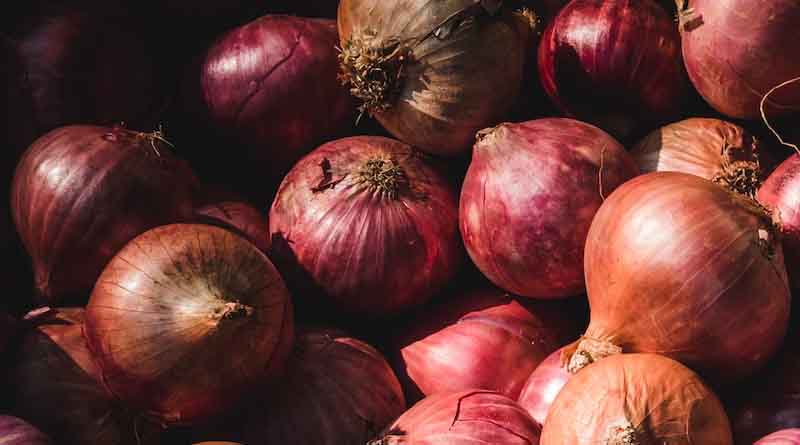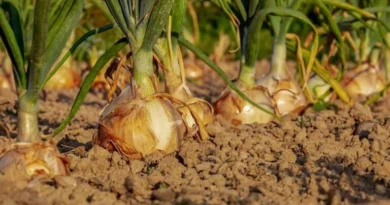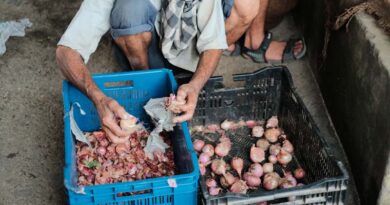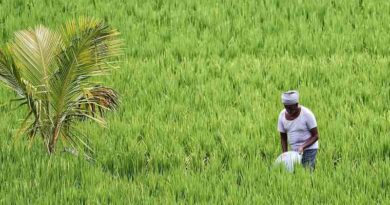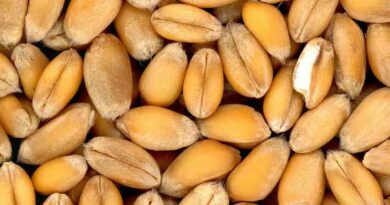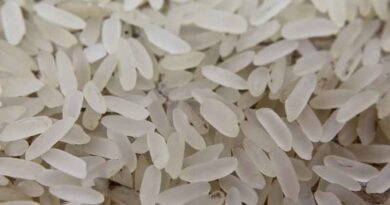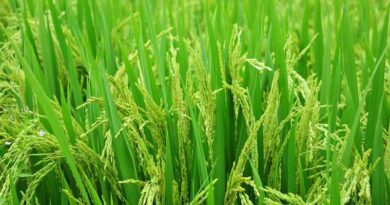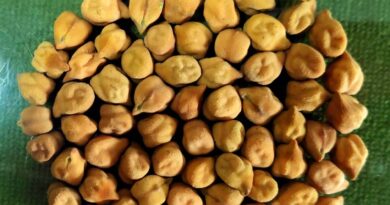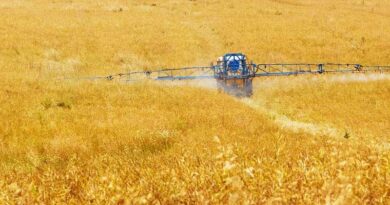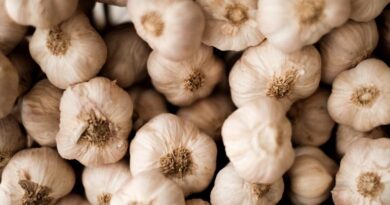Speculating on the Next Commodity: After Rice and Onion, What Could the Indian Government Ban Next?
09 September 2023, New Delhi: In recent times, the Indian government has implemented bans on the export of rice and onion to address domestic supply concerns. These restrictions were imposed to ensure food security and stabilize prices within the country. However, such measures have prompted speculation about which commodity could potentially face a ban next. The country has been battling price rise even in Tomato where the prices went as high as Rs. 300 per kg during August 2023.
Wheat is a staple crop and the government maintains buffer stocks to ensure food security. There has been a shortfall in wheat supply across the world due to the Russia-Ukraine war. The Indian government banned wheat exports in May 2022 and has not lifted the ban. Based on the government trade agreement, some quantity has been exported to Nepal and Bhutan. The wheat sown area had grown by 1 lakh hectares in India to reach 343 lakh hectares in Rabi 2022.
Speculating on which commodity might be banned next by the Indian government is a challenging task. The decisions to restrict exports are driven by multiple factors, including domestic demand, price stability, and food security concerns. While bans on certain commodities may temporarily address these issues, they can have far-reaching consequences, affecting global markets, trade relationships, and the livelihoods of farmers and businesses. Based on speculation, demand, and price fluctuation, we have come up with a list of 5 major commodities that could be banned to tackle food inflation in India.
1. Pulses:
Pulses, including lentils, chickpeas, and beans, are essential sources of protein and play a vital role in Indian diets. India is both a major consumer and producer of pulses. As per the latest report on area coverage of Kharif 2023 released by the Ministry of Agriculture, Pulses have been sown in 119 lakh hectares which is 11 lakh hectares less compared to last year. The sown area of Arhar is 42 lakh hectares which is 2 lakh hectares less compared to last year. The sown area of Urad has reached 31 lakh hectares which is almost 5 lakh hectares less compared to last year. With the demand for pulses increasing, a ban on their export might be considered to secure domestic availability and control prices. However, such a move could have adverse consequences for global markets and impact the livelihoods of farmers dependent on export earnings.
2. Edible Oils:
India is one of the largest consumers of edible oils globally. The country heavily relies on imports to meet its domestic demand. Major edible oil crops in India are Groundnut, Soybean, and Sunflower. All three crops have seen a reduction in sown area in the current Kharif season with an average reduction in acreage by about 1 lakh hectares. Given the importance of edible oils in Indian cuisine, the government might consider imposing restrictions on their export to ensure an adequate supply for its population. However, such a ban could lead to increased dependence on imports, affecting the country’s foreign exchange reserves and potentially driving up prices in the global market.
| Crop | Area Sown in 2022 (Lakh Hectares) | Area Sown in 2023 (Lakh Hectares) | Difference (Lakh Hectares) |
| Groundnut | 43.37 | 45.00 | 1.63 |
| Soybean | 125.13 | 123.91 | -1.22 |
| Sunflower | 0.69 | 1.98 | 1.29 |
3. Sugar:
Sugar is another essential commodity that could face potential export restrictions. India is one of the largest producers and consumers of sugar, with a significant domestic demand. In 2022-23, the overall domestic consumption volume of sugar was 29 million metric tons in India. In the 2022-23 fiscal year (April-March), India’s sugar exports were valued at $577.1 billion. In the last 5 years, the per kg price of sugar has gone up by 166.4% (+ Rs. 27.77) which has brought the price to Rs. 44.42 per kg. The government might impose restrictions to stabilize prices and manage domestic supplies. However, such measures could impact the sugar industry, potentially affecting farmers, millers, and export-oriented businesses.
It is important for the government to carefully evaluate the need for export restrictions and consider alternative measures such as improving agricultural productivity, enhancing storage facilities, and promoting the use of climate-resilient high-yielding varieties. Balancing the interests of domestic consumers, farmers, and global trade is crucial to ensure long-term food security and stability in commodity markets.
Also Read: ADAMA launches 2 new CTPR-based products in India
(For Latest Agriculture News & Updates, follow Krishak Jagat on Google News)

